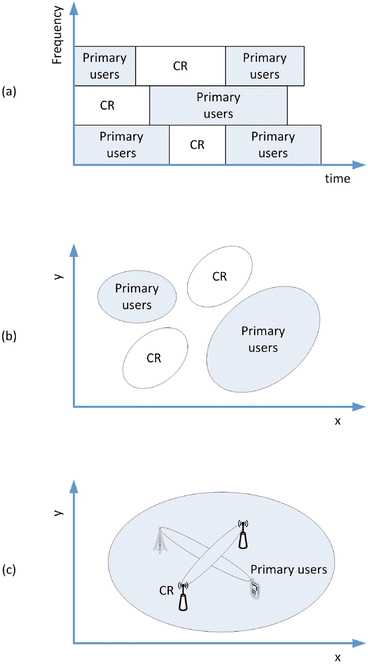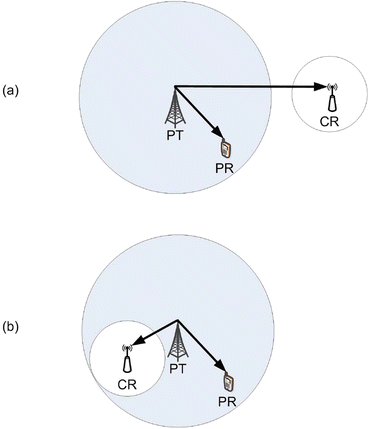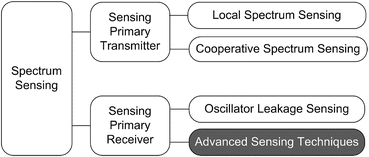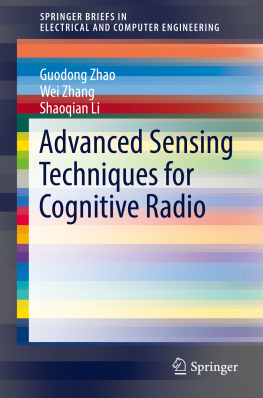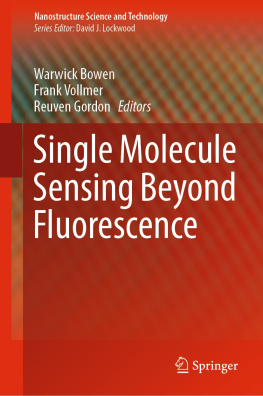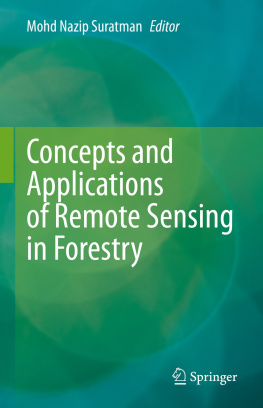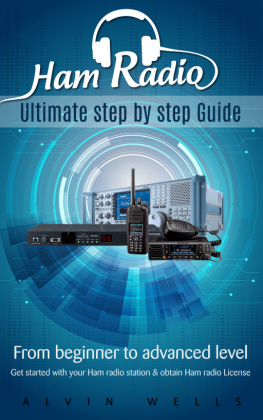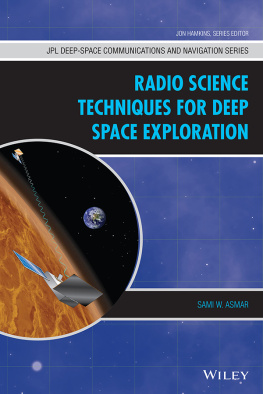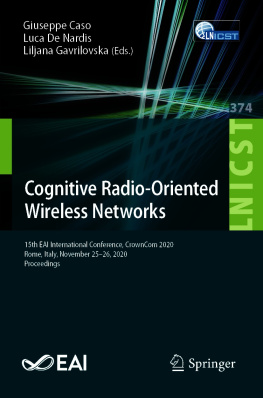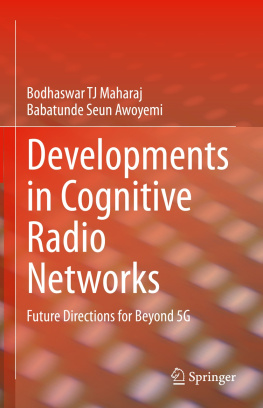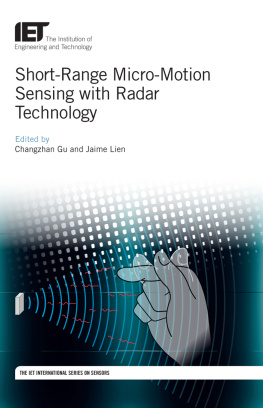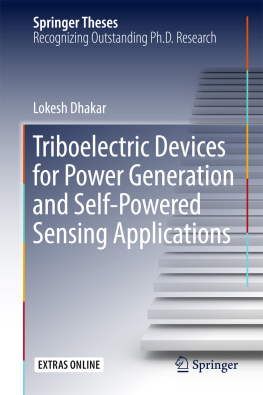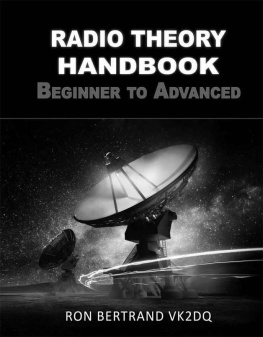Spectrum sensing is a task that obtains the availability of certain frequency bands, which is one of the most important components in cognitive radio systems [a shows the principle of spectrum sensing. In the figure, a primary transmitter (PT) is serving its receiver (PR) in a certain coverage. If a cognitive user intends to concurrently share the same frequency band, it needs to observe the primary signal coming from the primary transmitter. Once the power of the observed primary signal is low enough, it indicates that the cognitive user is outside the coverage of the primary transmitter. In other words, the primary signal is too weak to establish a communication link and no primary receiver is located in the surrounding region of the cognitive user. As a result, the cognitive user is able to access the same frequency band and does not cause interference to the primary receiver.
Fig. 1.2
Principle of spectrum sensing: ( a ) primary transmitter based detection; ( b ) primary receiver based detection
The most challenging issue in spectrum sensing is to detect the primary signal in low signal-to-noise ratio (SNR) region []. This is because the cognitive users are usually located outside the coverage of the primary user. Most of existing works on spectrum sensing aim to detect weak primary signals, i.e., primary transmitter detection.
One the other hand, if we further consider the coverage region of the primary transmitter as shown in Fig. ].
In the following, we give an overview of the main sensing techniques developed in recent years. In particular, Fig. provides the structure that consists of transmitter based and receiver based sensing techniques.
Fig. 1.3
Summary of spectrum sensing techniques
1.2.1 Primary Transmitter Based Detection
The PT based spectrum sensing can be divided into local spectrum sensing and cooperative spectrum sensing.
Local Spectrum Sensing
In local spectrum sensing, each cognitive user measures the primary signal and makes a decision by itself. In the following, we introduce some of the most common spectrum sensing techniques.
Energy detection is one of the most widely used spectrum sensing method since it has low complexity and does not require any prior information of the primary signal []. In energy detection, the cognitive user measures the energy of the received signal and compares it with a threshold. Once the energy of the received signal is below the threshold, it indicates that the primary transmitter is off or far away. Then, the cognitive user is able to share the frequency band with the primary user.
Matched filter detection is an optimal signal detection method if the cognitive user has a priori information of the primary signal []. In matched filter detection, the cognitive user first constructs the primary signal and then conducts the correlation operation. Once the correlation result is above a threshold, the primary transmitter is detected. Since this method uses the information of the primary signal, it has good detection performance. However, it cannot distinguish the signal from the primary device and the interference from other devices, which leads to poor detection performance in the interference scenario.
Cyclostationary-based detection exploits the periodicity of the primary signal []. Since the noise is wide-sense stationary with no correlation while the primary signal with a modulation format has cyclic frequency, cyclostationary-based detection is able to differentiate them over some cyclic frequency. Thus, this detection method is suitable for detecting weak signals. In this method, the cognitive user needs to know the modulation information of the primary user, which in practice is not easily accessible.
There are also many other types of detections for spectrum sensing, e.g., waveform based detection, radio identification based detection, wavelet transformed based detection, time-frequency analysis, etc.
Cooperative Spectrum Sensing
In practice, the performance of local spectrum sensing may be degraded due to the uncertainty of the wireless channel, e.g., shadowing and fading. To solve the problem, the cooperative spectrum sensing has been proposed, which is able to enhance the sensing performance through spatial diversity. In cooperative spectrum sensing, the multiple cognitive users are used to obtain the sensing result, which can be divided into two categories: centralized and decentralized cooperative sensing.
In centralized sensing, each cognitive user needs to feedback its measurement to a central unit. Then, the global decision is made based on all measurements. Most of existing works discuss the fusion algorithm []. If each sensor makes a local decision and sends only one bit information to the central unit, the global decision is obtained according to some fusion rules, which is referred to as hard decision. On the other hand, if each sensor sends its original measurement to the central unit, the global decision is made by processing of the measurements, which is referred to as soft decision.
In decentralized sensing, each cognitive user shares the local sensing information with each other, but makes its own decision. Thus, it does not require the backbone link between each cognitive user and the central unit []. In summary, compared with local spectrum sensing, the cooperative sensing can achieve better performance. But, the tradeoff between performance and complexity needs to be considered in practical system design.
1.2.2 Primary Receiver Based Detection
Detecting primary receiver is very challenging since the receiver does not transmit signals. The conventional signal detection theory and algorithms cannot be easily applied to the detection of primary receiver. There are very few contributions working in this area.
